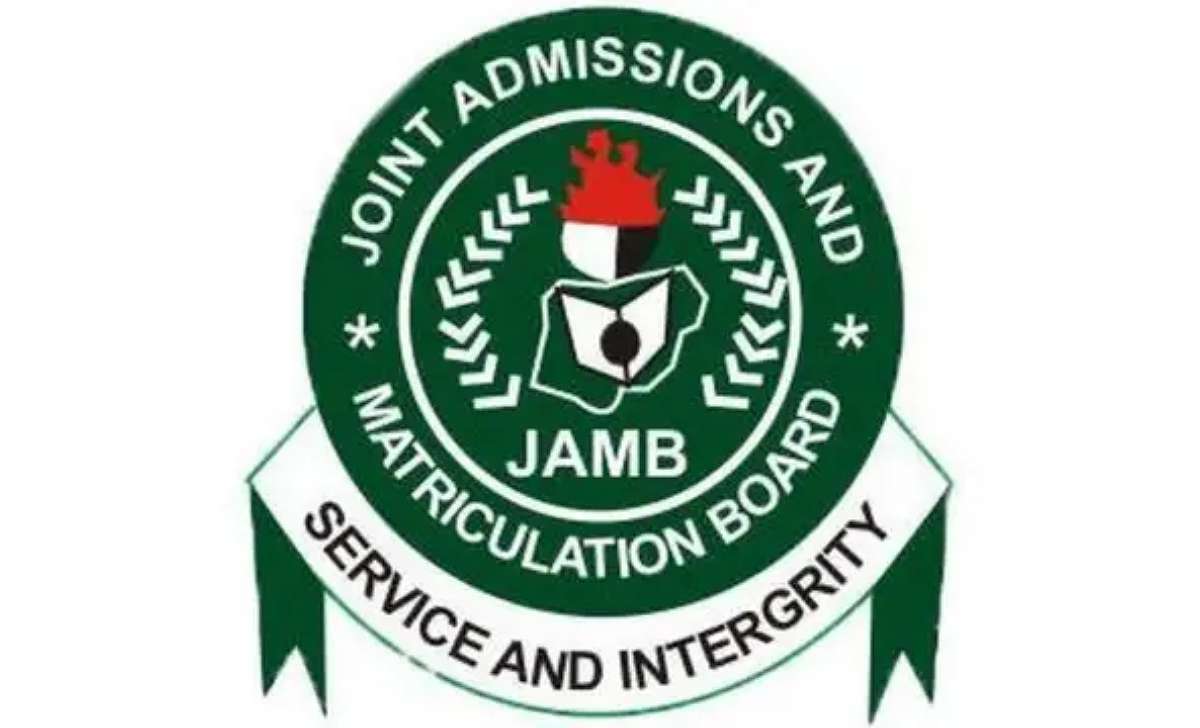Preparing for the JAMB Chemistry exam can be a challenge, but with the right guide, you can feel confident and ready.
This post breaks down everything you need to know about the JAMB Chemistry syllabus for 2025/2026 in a way that’s easy to understand.
Whether you’re aiming for a top score or just trying to secure your admission, this guide will help you focus on the most important areas. Let’s dive in!
Why You Should Focus on the JAMB Chemistry Syllabus
JAMB (Joint Admissions and Matriculation Board) sets its questions based on specific topics in the syllabus.
Understanding these areas of concentration ensures you don’t waste time studying less relevant topics. Instead, you’ll focus on what truly matters for your success.
JAMB Areas of Concentration for Chemistry 2025/2026
1. Separation of Mixtures and Purification of Substances
- Pure and Impure Substances: Learn the difference between substances with a single component (like distilled water) and mixtures (like saltwater).
- Separation Techniques: Focus on methods like filtration, distillation, chromatography, and crystallization.
- Physical vs. Chemical Changes: Understand how physical changes affect only appearance, while chemical changes alter the substance itself.
2. Atomic Structure and Periodicity
- Atomic Structure: Study protons, neutrons, and electrons. Pay attention to how they determine an element’s properties.
- Periodic Table: Master the trends in groups and periods, including ionization energy, electronegativity, and atomic radii.
- Chemical Bonding: Focus on ionic, covalent, metallic, and hydrogen bonds. Know examples of each.
3. Chemical Combination and the Mole Concept
- Stoichiometry: Solve problems involving chemical equations and mole ratios.
- Laws of Chemical Combination: Learn laws like the conservation of mass and definite proportions.
- The Mole Concept: Know how to use Avogadro’s number to calculate particles and quantities.
4. Acids, Bases, and Salts
- Acid-Base Reactions: Understand neutralization and learn examples of common acids (HCl) and bases (NaOH).
- The pH Scale: Memorize the range (0-14) and know how to determine if a substance is acidic, basic, or neutral.
- Preparation of Salts: Study methods like precipitation and titration.
5. Organic Chemistry
- Functional Groups: Pay attention to alcohols, carboxylic acids, alkanes, alkenes, and alkynes.
- Reactions: Study combustion, substitution, and addition reactions.
- Isomerism: Understand structural and geometric isomerism.
6. Environmental Chemistry
- Pollution: Learn about air, water, and soil pollution, their sources, and how to reduce them.
- Green Chemistry: Study sustainable practices and how chemistry can protect the environment.
How to Prepare for JAMB Chemistry 2025/2026
- Start with the JAMB Syllabus: Download the official JAMB Chemistry syllabus and use it as your roadmap.
- Create a Study Schedule: Break down the syllabus into weekly study goals. Dedicate specific days to practice calculations and theoretical topics.
- Use Past Questions: Practicing past JAMB Chemistry questions will give you an idea of the exam format and the most tested topics.
- Invest in Quality Resources: Use textbooks recommended by JAMB, like Ababio’s “New School Chemistry” and Osei Yaw Ababio’s “Essential Chemistry.”
- Join Study Groups: Discussing with peers can help you understand complex topics better.
- Practice Calculations Daily: Topics like mole concept, gas laws, and stoichiometry require constant practice.
- Take Mock Tests: Simulate exam conditions to build your confidence and time management skills.
Good luck with your preparation. If you have questions or need clarification on any topic, feel free to drop a comment below.


![105 Universities Offering English Language in Nigeria [year]/[nyear] 2 Universities in Nigeria](https://sparobanks.com/wp-content/uploads/2025/01/Universities-in-Nigeria-150x150.jpg)
